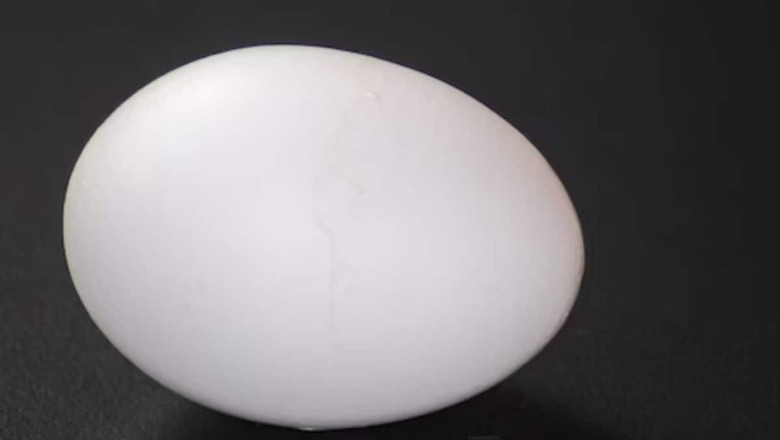
views
The internet has facilitated the exploration of life’s wonders, including the discovery of a cache of 1,700-year-old freckled chicken eggs in a Roman pit unearthed in Buckinghamshire. This remarkable find, rare and exciting, occurred in Berryfields, northwest of Aylesbury.
In a development astonishing to archaeologists and naturalists alike, the eggs were found intact with liquid contents, believed to be a mixture of yolk and albumen. This liquid offers a unique opportunity to learn more about the bird species that laid them centuries ago. Measuring 1.5 inches (4cm) in width, the eggs were discovered in a waterlogged pit. Dana Goodburn-Brown, an archaeologist at DGB Conservation, transported the egg to the University of Kent, where a micro CT scan confirmed its liquid contents. Goodburn-Brown expressed excitement at observing an air bubble inside the egg and noted its potential scientific significance. Given its rarity and scientific value, invasive treatment of the egg was deemed unwise.
Dubbed the ‘Aylesbury egg,’ this discovery is one of four made during excavations at Berryfields between 2007 and 2016. These eggs were found alongside various artefacts, including a woven basket, pottery vessels, leather shoes and animal bones in 2010.
Despite efforts to extract the eggs carefully, three of them broke, emitting an extraordinary sulphurous smell. However, one egg remained perfectly preserved. Edward Biddulph, senior project manager at Oxford Archaeology, oversaw the excavation and expressed amazement at the find. He emphasised the rarity of intact eggs from this period in Britain, noting that while shell fragments are occasionally found, fully intact eggs are exceptional.
The discovery of these ancient eggs provides valuable insights into the past, shedding light on both human and natural history. As archaeologists and scientists continue to study and analyse these remarkable artefacts, they hope to uncover further details about ancient civilisations and the environments they inhabited.




















Comments
0 comment